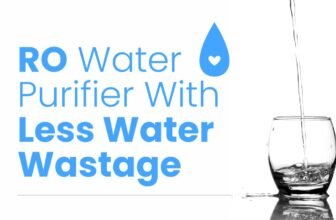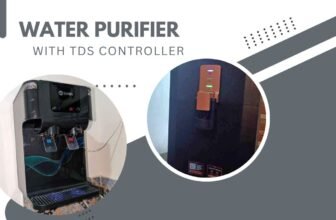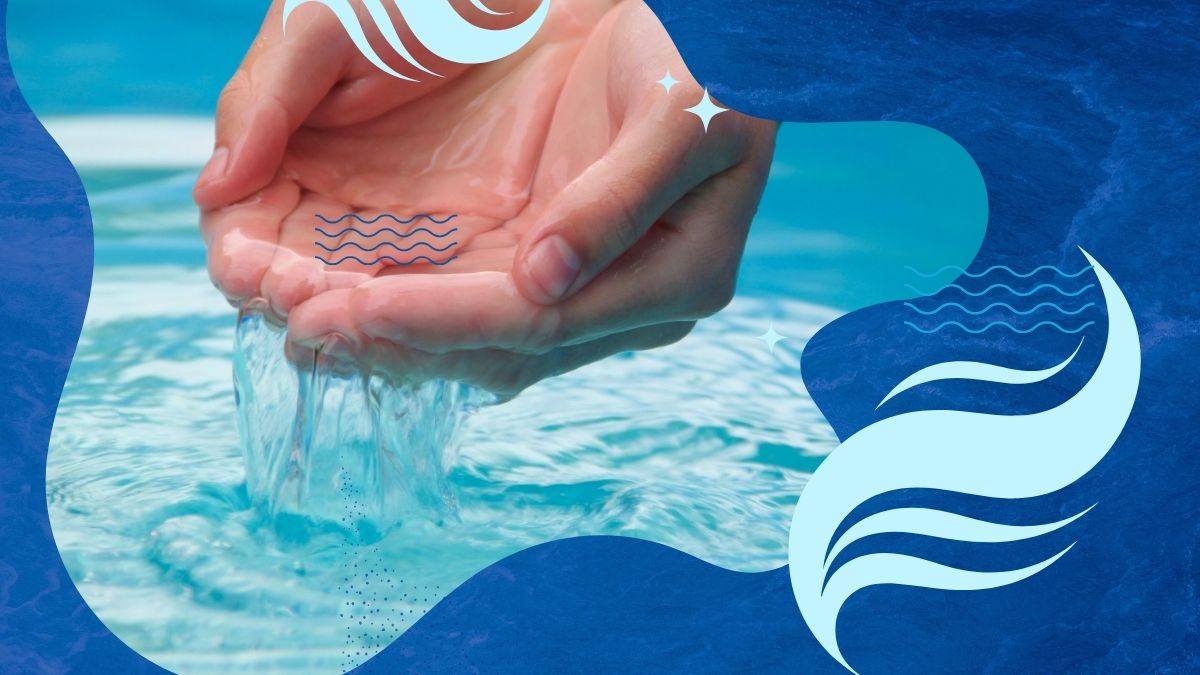
When it comes to improving your water purifier TDS controllers and mineralizers are two different technologies to solve water quality issues. Both have their market share TDS controllers focus on mineral balance and mineralizers on mineral enhancement.
Based on my personal experience using both TDS controllers and mineralizers as well as my previous experience as a water treatment expert here are the differences between TDS Controller and Mineralizer water purification technologies.
Technology and Working Mechanism
TDS controllers (also known as Total Dissolved Solids controllers) blend purified RO water with a controlled amount of bypass water to maintain optimal mineral levels. The technology uses a fancy valve system that allows a certain percentage of source water to mix with the fully purified water so calcium, magnesium and potassium are retained.
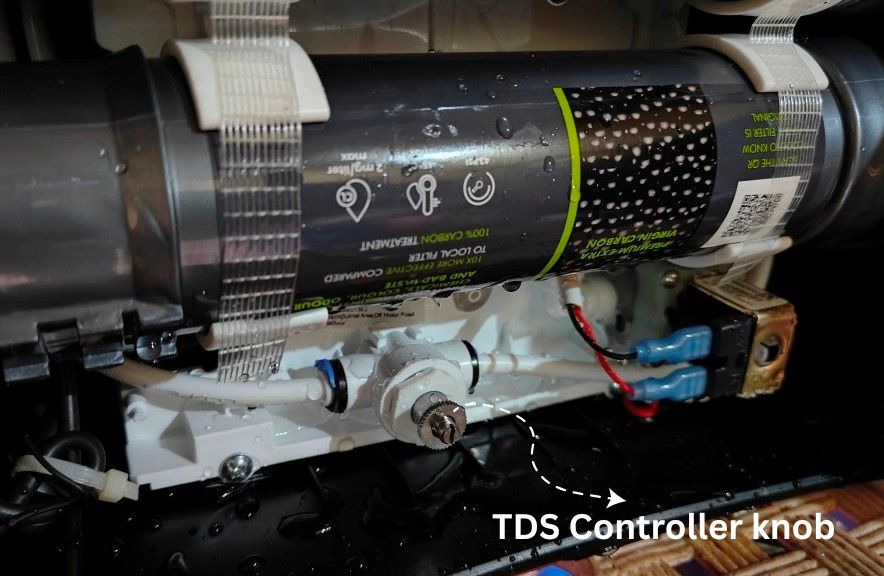
Mineralizers on the other hand use post-purification mineral addition approach using specialized cartridges or chambers filled with mineral stones, alkaline balls or mineral-rich media. These components add minerals to the purified water, often including trace elements that were completely removed during the RO process.
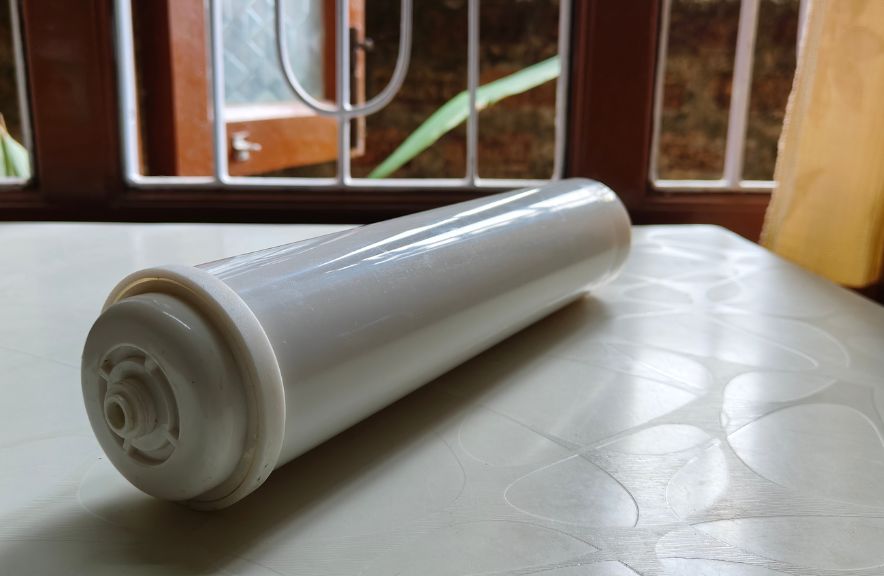
But the main difference is in their approach – TDS controllers preserve existing minerals while mineralizers add new ones. This difference affects the mineral profile and overall water quality.
Winner – Both (depending on source water quality)
Mineral Retention and Enhancement
TDS controllers keep the natural mineral balance of your source water, retaining 10-30% of the original mineral content depending on the controller settings. I find this works well when your source water has a good mineral profile, it just prevents over purification while keeping taste and nutritional value.
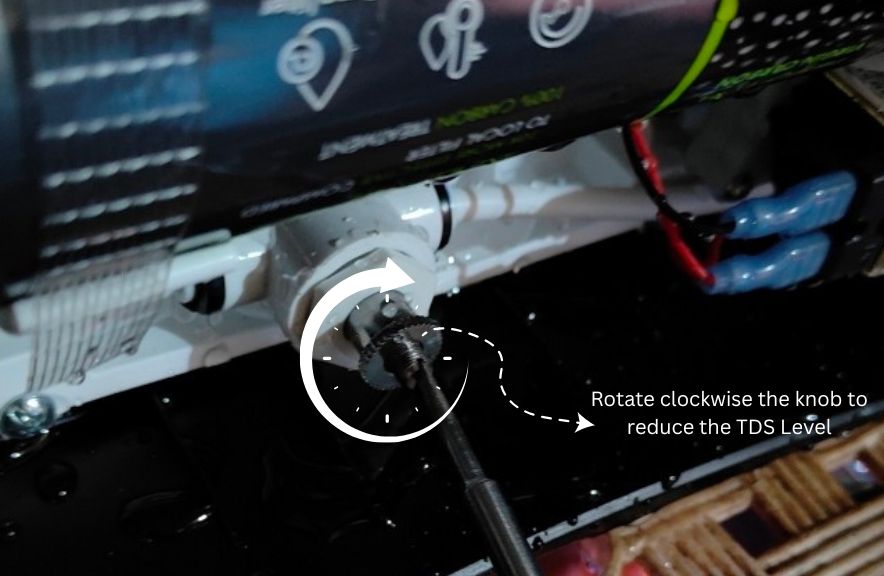
By adding a wider range of minerals, such as calcium, magnesium, potassium, sodium, and other trace elements, mineralizers adopt a stronger approach. Depending on the cartridge and water flow rate, the mineral cartridges can add 50–150 ppm TDS.
However, TDS controllers rely on the mineral content of your input water, whereas mineralizers provide more reliable results regardless of the quality of the source water. A TDS controller won’t add anything if your source water is naturally mineral-poor or highly contaminated.
Winner – Mineralizer (by a small margin)
Water Taste and pH Impact
To preserve the minerals’ natural balancing its limit, TDS controllers normally keep the pH between 7.0 and 7.8, which is neutral to slightly alkaline.
As per to my observations, the water treated by TDS controllers usually has a well-known flavor profile that most people find tolerable if the source water was initially good.
Mineralizers can change both pH and taste; the alkaline minerals added during the process usually produce water with a pH of 8.0 to 9.5. Taste is greatly influenced by the mineral cartridge’s composition; some people report a slightly sweet or refreshing taste, while others initially pick up on a subtle metallic undertone.
However, tastes differ, so what works for one family may not work for another. Furthermore, mineralizer-produced alkaline water is commonly advertised as having health benefits despite the lack of scientific proof.
Winner- TDS Controller
Maintenance and Operational Costs
TDS controllers are very low maintenance, just periodic adjustment of the bypass valve and occasional system cleaning. The controllers themselves have no consumable parts and can run for 5-7 years with minimal intervention, very cost effective over their lifetime.
Mineralizers need regular cartridge replacements every 6-12 months depending on water usage and cartridge capacity. These replacement cartridges cost ₹500 – 800 each and some advanced mineralizer systems use multiple cartridges that need replacement at different intervals.
I calculated that over 5 years a mineralizer system can cost ₹2,500 to ₹3,000 more in maintenance than a TDS controller. But that cost difference may be justified if you have extremely soft or mineral deficient source water.
Winner- TDS Controller
Installation Complexity and System Integration
TDS controllers fit into existing RO systems and can often be retrofitted to older purifiers with minimal changes. Installation is just a single bypass line and adjusting the control valve, most techs can do that in 30-45 minutes.
Mineralizers need dedicated space for the cartridge housing and may require additional plumbing changes to fit the mineral cartridge assembly. Installation is more involved, takes 1-2 hours and sometimes requires system changes that may void existing warranties. But newer purifiers have built in mineralizer slots so installation is easy for those. Older systems are a different story and may require a pro.




